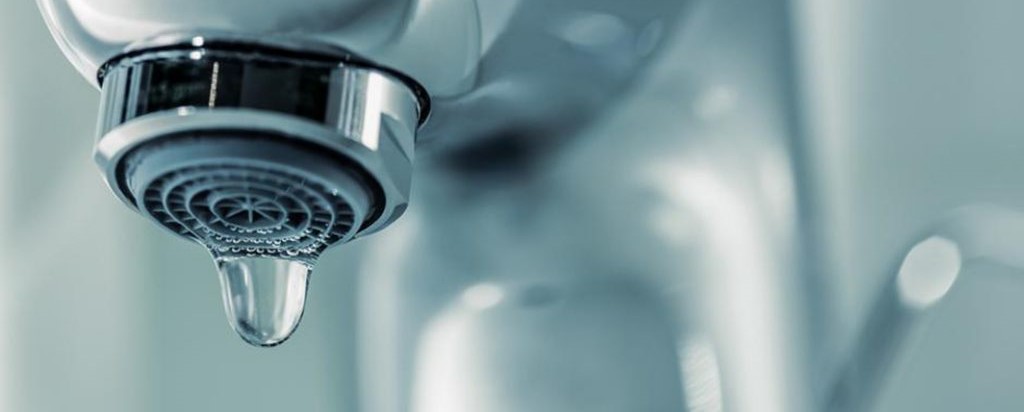Expose Common Causes of Leakage Inside The House
Expose Common Causes of Leakage Inside The House
Blog Article
What're your ideas regarding How to Find Water Leaks?

Leakages not only cause waste of water yet can also create unneeded damage to your house and promote unwanted natural development. By looking and recognizing for daily situations that trigger leakages, you can protect your house from future leakages and unnecessary damage.
Instantaneous temperature level changes.
Extreme temperature level adjustments in our pipelines can create them to increase and contract suddenly. This growth as well as tightening might create splits in the pipelines, particularly if the temperature are below freezing. If you maintained an eye on how your plumbing functions, it would certainly be best. The presence of the formerly discussed circumstances regularly suggests a high danger.
Corroded water systems
As time goes by, your plumbing system ages and also deterioration such as rust may start eating away the pipelines. This might be the cause of staining or bending on your pipes. This asks for an inspection with your plumber right away. Take into consideration changing the pipelines considering that they are at a higher threat of deterioration than the more recent models if our plumbing system is old.
Malfunctioning Pipe Joints
The factor at which your pipelines connect is frequently the weakest web link in the waterline. Pipeline joints can deteriorate with time, leading to water leakages. Unfortunately, most of pipeline joints are not easily visible. If you have noisy pipes that make ticking or banging sounds, specifically when the warm water is turned on, your pipe joints are probably under a lot of pressure. It is recommended to have your plumber examine your system yearly.
Intruding roots
A lot of water leaks begin outside your home instead of inside it. If you notice an abrupt reduction in water pressure, state in your tap, require time to head out as well as examine your backyard. You could see wet spots or sinkholes in your lawn, and that could mean that tree origins are invading water lines triggering water to permeate out. You can have your plumber look for breach, particularly if you have trees or bushes near your residential property.
Poor Water Connectors
At times, a leak can be created by loose hoses as well as pipes that provide your appliances. In situation of a water connections leak, you might discover water running straight from the supply line or puddles around your devices.
Clogged Drains
Blocked drains pipes might be annoying as well as inconveniencing, yet they can sometimes end up triggering an overflow bring about burst pipes. Keep removing any materials that may decrease your drains that can obstruct them to stay clear of such troubles.
All the above are root causes of leakages yet not all water leakages result from plumbing leaks; some leakages might come from roofing leakages. All leakages need to be repaired quickly to avoid water damage.
Leakages not only cause waste of water yet can additionally trigger unneeded damages to your residence and promote unwanted natural development. By comprehending as well as looking for day-to-day scenarios that create leakages, you can safeguard your home from future leaks and also unneeded damage. Today, we will certainly look at 6 leakage creates that may be causing your pipelines to drip.
At times, a leakage can be triggered by loose tubes and also pipes that provide your home appliances. In instance of a water connections leakage, you may see water running directly from the supply line or pools around your appliances.
How To Check For Water Leak In Your Home
How To Check for Leaks
The average household's leaks can account for nearly 10,000 gallons of water wasted every year and ten percent of homes have leaks that waste 90 gallons or more per day. Common types of leaks found in the home are worn toilet flappers, dripping faucets, and other leaking valves. These types of leaks are often easy to fix, requiring only a few tools and hardware that can pay for themselves in water savings. Fixing easily corrected household water leaks can save homeowners about 10 percent on their water bills.
To check for leaks in your home, you first need to determine whether you're wasting water and then identify the source of the leak. Here are some tips for finding leaks:
Take a look at your water usage during a colder month, such as January or February. If a family of four exceeds 12,000 gallons per month, there are serious leaks.
Check your water meter before and after a two-hour period when no water is being used. If the meter changes at all, you probably have a leak.
Identify toilet leaks by placing a drop of food coloring in the toilet tank. If any color shows up in the bowl after 10 minutes, you have a leak. (Be sure to flush immediately after the experiment to avoid staining the tank.)
Examine faucet gaskets and pipe fittings for any water on the outside of the pipe to check for surface leaks.
Undetected water leaks can happen without the home or business owner even realizing. If you suspect a water leak, but not able to find the source. It is time to contact a professional water leak detection service, The Leak Doctor.
How To Find a Water Leak In Your Home
https://www.leakdoctor.com/blog/How-To-Check-For-Water-Leak-In-Your-Home_AE197.html

We had been made aware of that editorial about Common Water Leaks In House from a friend on another web property. Don't hesitate to set aside a second to share this blog post if you enjoyed reading it. Thank you so much for taking the time to read it.
We've got you! Report this page